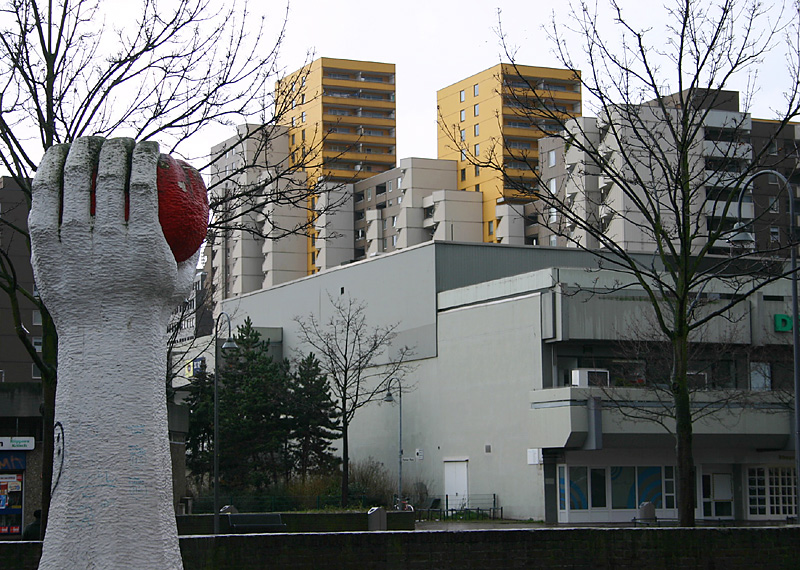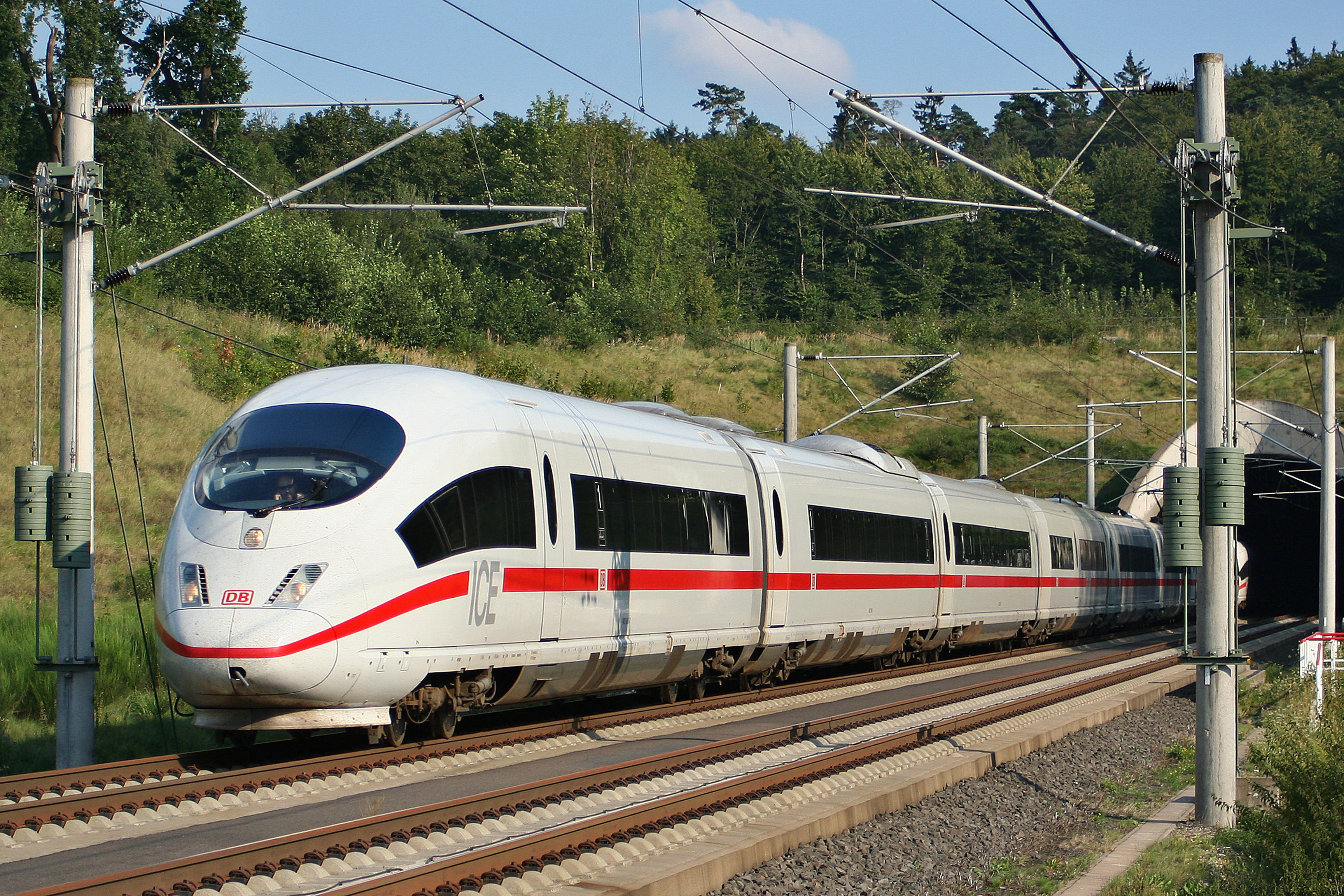|
Köln-Chorweiler Nord Station
Köln-Chorweiler Nord is a railway station situated at Chorweiler, Cologne in western Germany. It is served by the S11 line of the Rhine-Ruhr S-Bahn The Rhine-Ruhr S-Bahn () is a polycentric S-bahn network covering the Rhine-Ruhr Metropolitan Region in the German federated state of North Rhine-Westphalia. This includes most of the Ruhr (and cities such as Dortmund, Duisburg and Essen), the B ... at 20-minute intervals from Monday to Friday and at 30-minute intervals on the weekend. References S11 (Rhine-Ruhr S-Bahn) Railway stations located underground in Cologne Rhine-Ruhr S-Bahn stations Railway stations in Germany opened in 1977 Chorweiler {{NorthRhineWestphalia-railstation-stub ... [...More Info...] [...Related Items...] OR: [Wikipedia] [Google] [Baidu] |
Chorweiler
Chorweiler (, ) is the sixth borough ('' Stadtbezirk'') of Cologne, Germany. Large portion of the borough of Chorweiler were incorporated into the city of Cologne in 1922, the borough of Chorweiler was created in the 1970s. The borough has the lowest population density in Cologne and many areas are very rural. The borough of Chorweiler borders with the Cologne boroughs of Nippes and Ehrenfeld to the South, Rhein-Erft-Kreis to the West, Rhein-Kreis Neuss to the North, and the Rhine to the East. On the other riverbank lie the city of Leverkusen and Monheim am Rhein Monheim am Rhein (, ; ) is a town on the right (eastern) bank of the river Rhine in North Rhine-Westphalia, Germany. Monheim belongs to the district of Mettmann – with the southern suburbs of Düsseldorf to the north, and the Bergisches Land to .... Subdivisions Chorweiler consists of twelve Stadtteile (city parts): Transportation Chorweiler is served by numerous railway stations and highway. Train stat ... [...More Info...] [...Related Items...] OR: [Wikipedia] [Google] [Baidu] |
Cologne
Cologne ( ; ; ) is the largest city of the States of Germany, German state of North Rhine-Westphalia and the List of cities in Germany by population, fourth-most populous city of Germany with nearly 1.1 million inhabitants in the city proper and over 3.1 million people in the Cologne Bonn Region, Cologne Bonn urban region. Cologne is also part of the Rhine-Ruhr metropolitan region, the List of EU metropolitan regions by GDP#2021 ranking of top four German metropolitan regions, second biggest metropolitan region by GDP in the European Union. Centered on the left bank of the Rhine, left (west) bank of the Rhine, Cologne is located on the River Rhine (Lower Rhine), about southeast of the North Rhine-Westphalia state capital Düsseldorf and northwest of Bonn, the former capital of West Germany. The city's medieval Cologne Cathedral () was the History of the world's tallest buildings#Churches and cathedrals: Tallest buildings between the 13th and 20th century, world's talles ... [...More Info...] [...Related Items...] OR: [Wikipedia] [Google] [Baidu] |
North Rhine-Westphalia
North Rhine-Westphalia or North-Rhine/Westphalia, commonly shortened to NRW, is a States of Germany, state () in Old states of Germany, Western Germany. With more than 18 million inhabitants, it is the List of German states by population, most populous state in Germany. Apart from the city-states (Berlin, Hamburg and Bremen), it is also the List of German states by population density, most densely populated state in Germany. Covering an area of , it is the List of German states by area, fourth-largest German state by size. North Rhine-Westphalia features 30 of the 81 German municipalities with over 100,000 inhabitants, including Cologne (over 1 million), the state capital Düsseldorf (630,000), Dortmund and Essen (about 590,000 inhabitants each) and other cities predominantly located in the Rhine-Ruhr metropolitan area, the largest urban area in Germany and the fourth-largest on the European continent. The location of the Rhine-Ruhr at the heart of the European Blue Banana make ... [...More Info...] [...Related Items...] OR: [Wikipedia] [Google] [Baidu] |
Verkehrsverbund Rhein-Sieg
The Verkehrsverbund Rhein-Sieg (VRS), in English ''Rhine-Sieg Transport Association'', is the public transport association covering the area of the Cologne/Bonn Region, North Rhine-Westphalia, Germany. Besides ''Aachener Verkehrsverbund'' (''AVV''), VRS belongs to the special purpose association ''go.Rheinland''. It was founded on 1 September 1987, and covers an area of some with around 3.5 million inhabitants. For the year 2019, 556 million passengers were carried through the network of VRS. Verkehrsverbund Rhein-Sieg is named after the rivers Rhine The Rhine ( ) is one of the List of rivers of Europe, major rivers in Europe. The river begins in the Swiss canton of Graubünden in the southeastern Swiss Alps. It forms part of the Swiss-Liechtenstein border, then part of the Austria–Swit ... (Rhein) and Sieg. Associated transport companies The following transport companies operate within the area of Verkehrsverbund Rhein-Sieg: cities and district towns in the VRS ... [...More Info...] [...Related Items...] OR: [Wikipedia] [Google] [Baidu] |
Railway Station
Rail transport (also known as train transport) is a means of transport using wheeled vehicles running in railway track, tracks, which usually consist of two parallel steel railway track, rails. Rail transport is one of the two primary means of land transport, next to road transport. It is used for about 8% of passenger and rail freight transport, freight transport globally, thanks to its Energy efficiency in transport, energy efficiency and potentially high-speed rail, high speed.Rolling stock on rails generally encounters lower friction, frictional resistance than rubber-tyred road vehicles, allowing rail cars to be coupled into longer trains. Power is usually provided by Diesel locomotive, diesel or Electric locomotive, electric locomotives. While railway transport is capital intensity, capital-intensive and less flexible than road transport, it can carry heavy loads of passengers and cargo with greater energy efficiency and safety. Precursors of railways driven by human or an ... [...More Info...] [...Related Items...] OR: [Wikipedia] [Google] [Baidu] |
S11 (Rhine-Ruhr S-Bahn)
Line S 11 is a S-Bahn line operated by DB Regio on the Rhine-Ruhr S-Bahn network. It connects Düsseldorf Airport Terminal with Bergisch Gladbach, running via Düsseldorf Neuss, Dormagen and Cologne. Before 13 December 2009, the service operated from Wuppertal-Vohwinkel in peak time, sharing the Wuppertal-Düsseldorf run with the S8 trains. Normal operation, though, started at Düsseldorf-Wehrhahn. Since the introduction of the new 2010 Schedule the service starts at Düsseldorf Airport Terminal replacing the line S 7 to Düsseldorf Hbf. The former run to Wuppertal-Vohwinkel is now conducted by the S 68. The S11 runs are normally operated with DBAG Class 423 stock, usually with two coupled sets per train. The Line runs over lines built by various railway companies: *from Düsseldorf Airport Terminal to Düsseldorf-Unterrath over the Düsseldorf-Unterrath–Düsseldorf Airport Terminal railway, opened on 27 October 1975 by Deutsche Bundesbahn, *from Düsseldorf-Unterrath ... [...More Info...] [...Related Items...] OR: [Wikipedia] [Google] [Baidu] |
Rhine-Ruhr S-Bahn
The Rhine-Ruhr S-Bahn () is a polycentric S-bahn network covering the Rhine-Ruhr Metropolitan Region in the German federated state of North Rhine-Westphalia. This includes most of the Ruhr (and cities such as Dortmund, Duisburg and Essen), the Berg cities of Wuppertal and Solingen and parts of the Rhineland (with cities such as Cologne and Düsseldorf). The easternmost city within the S-Bahn Rhine-Ruhr network is Unna, the westernmost city served is Mönchengladbach. The S-Bahn operates in the areas of the Verkehrsverbund Rhein-Ruhr and Verkehrsverbund Rhein-Sieg tariff associations, touching areas of the Aachener Verkehrsverbund (AVV) at Düren and Westfalentarif at Unna. The network was established in 1967 with a line connecting Ratingen Ost to Düsseldorf-Garath. The system consists of 16 lines. With a system length of , it is the second-largest S-Bahn network in Germany, behind ''S-Bahn Mitteldeutschland''. Most of them are operated by DB Regio NRW, while line S28 is op ... [...More Info...] [...Related Items...] OR: [Wikipedia] [Google] [Baidu] |
Deutsche Bahn
(, ; abbreviated as DB or DB AG ) is the national railway company of Germany, and a state-owned enterprise under the control of the German government. Headquartered in the Bahntower in Berlin, it is a joint-stock company ( AG). DB was founded after the merger between Deutsche Bundesbahn and the East German Deutsche Reichsbahn in 1994 after the unification of Germany and has been operating ever since. is the second-largest transport company in Germany, after the German postal and logistics company / DHL. DB provides both long-distance and regional transport, serving around 132 million long distance passengers and 1.6 billion regional passengers in 2022. In 2022, DB transported 222 million tons of cargo. Company profile The group is divided into several companies, including '' DB Fernverkehr'' (long-distance passenger), '' DB Regio'' (local passenger services) and '' DB Cargo'' (rail freight). The Group subsidiary '' DB InfraGO'' also operates large parts of the German ... [...More Info...] [...Related Items...] OR: [Wikipedia] [Google] [Baidu] |
Railway Stations Located Underground In Cologne
Rail transport (also known as train transport) is a means of transport using wheeled vehicles running in tracks, which usually consist of two parallel steel rails. Rail transport is one of the two primary means of land transport, next to road transport. It is used for about 8% of passenger and freight transport globally, thanks to its energy efficiency and potentially high speed.Rolling stock on rails generally encounters lower frictional resistance than rubber-tyred road vehicles, allowing rail cars to be coupled into longer trains. Power is usually provided by diesel or electric locomotives. While railway transport is capital-intensive and less flexible than road transport, it can carry heavy loads of passengers and cargo with greater energy efficiency and safety. Precursors of railways driven by human or animal power have existed since antiquity, but modern rail transport began with the invention of the steam locomotive in the United Kingdom at the beginning of the 19th c ... [...More Info...] [...Related Items...] OR: [Wikipedia] [Google] [Baidu] |
Rhine-Ruhr S-Bahn Stations
The Rhine-Ruhr metropolitan region () is the largest metropolitan region in Germany, with over ten million inhabitants. A polycentric conurbation with several major urban concentrations, the region covers an area of , entirely within the federal state of North Rhine-Westphalia. The Rhine-Ruhr metropolitan region spreads from the Ruhr area (Dortmund-Bochum-Essen-Duisburg) in the north to the urban areas of the cities of Mönchengladbach, Düsseldorf (the state capital), Wuppertal, Leverkusen, Cologne (the region's largest and Germany's fourth largest city), and Bonn in the south. The location of the Rhine-Ruhr at the heart of the European Blue Banana makes it well connected to other major European cities and metropolitan areas such as the Randstad, the Flemish Diamond and the Frankfurt Rhine Main Region. The metropolitan area is named after the Rhine and Ruhr rivers, which are the region's defining geographical features and historically its economic backbone. Subdivisions Th ... [...More Info...] [...Related Items...] OR: [Wikipedia] [Google] [Baidu] |
Railway Stations In Germany Opened In 1977
Rail transport (also known as train transport) is a means of transport using wheeled vehicles running in tracks, which usually consist of two parallel steel rails. Rail transport is one of the two primary means of land transport, next to road transport. It is used for about 8% of passenger and freight transport globally, thanks to its energy efficiency and potentially high speed.Rolling stock on rails generally encounters lower frictional resistance than rubber-tyred road vehicles, allowing rail cars to be coupled into longer trains. Power is usually provided by diesel or electric locomotives. While railway transport is capital-intensive and less flexible than road transport, it can carry heavy loads of passengers and cargo with greater energy efficiency and safety. Precursors of railways driven by human or animal power have existed since antiquity, but modern rail transport began with the invention of the steam locomotive in the United Kingdom at the beginning of the 19th c ... [...More Info...] [...Related Items...] OR: [Wikipedia] [Google] [Baidu] |







